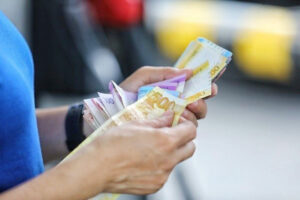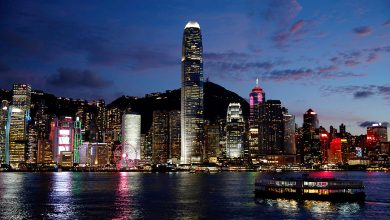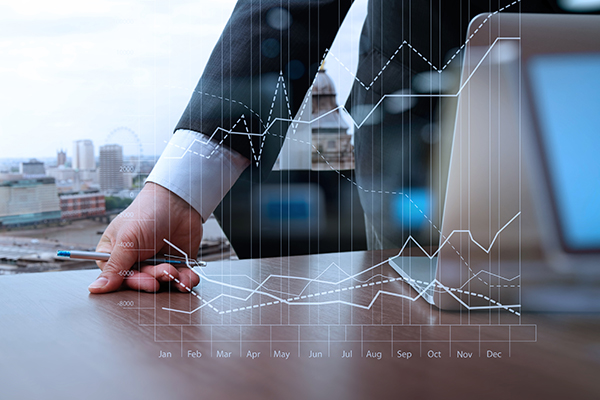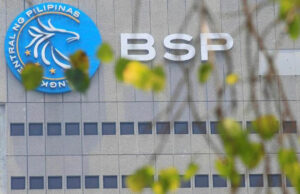BSP looking to ease SBL rules to help boost sustainable financing
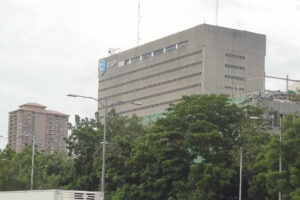
THE BANGKO SENTRAL ng Pilipinas (BSP) may relax its regulations to encourage Philippine banks to finance sustainable initiatives, as this could help drive the country towards net zero emissions.
During a forum discussion hosted by the Asian Development Bank (ADB), BSP Governor Felipe M. Medalla said that with the Philippines being one of the most exposed to climate change risks, it is crucial to improve the financing of renewable energy plans in the country.
“The easiest part is to look at all the regulations on lending and see the extent they could be relaxed in favor of moving towards net zero — fully realizing, though, that you are also creating new risks,” Mr. Medalla said.
Mr. Medalla said the BSP may look into easing single borrower’s limits (SBL) for sustainable projects.
“In the past, we have lifted the single borrower’s limits for projects that are good for the country. The banks are a little bit less safe because they’re more exposed to single borrower failure, but at the same time, the country benefits as a whole,” he said.
The SBL is intended to limit credit exposure to a single client to a maximum of 30% of a bank’s net worth to minimize risks in case of default as part of the central bank’s initiatives to promote banking system stability through the adoption of sound credit risk management and regulatory capital standards.
In January, the central bank enhanced its SBL rules to encourage banks to support the financing requirements of the economy. The effectivity of the 30% single borrowers’ limit has been extended until end-June.
Mr. Medalla said the public must also realize how important it is to move towards sustainability, even though some solutions to climate change “would be painful to some.”
“In the Philippines, a survey showed the public support (green initiatives because they) realize that the Philippines is one of the most vulnerable countries in the world,” Mr. Medalla said.
“People are willing to do that for a good cause, but in addition, the economics has to be right,” he said.
He added that cleaner sources of energy should be cheaper to increase adoption because consumers tend to gravitate towards less expensive products.
The Department of Environment and Natural Resources said the Philippines has committed to the United Nations to cut greenhouse gas emissions by 75% between 2020 and 2030.
Under the Philippine Energy Plan, the country also targets to increase renewable energy in its energy mix to 35% by 2030, and 50% by 2040.
Meanwhile, in a report released on Thursday, the ADB said the Philippines is highly vulnerable to oil price fluctuations.
The country also ranked top five among the Association of Southeast Asian Nations (ASEAN) countries in 2020 in terms of carbon dioxide emissions, with 136 metric tons of carbon dioxide equivalent (MtCO2e), up 64% from 2014.
If prices for renewables decline, the country will likely shift away from nonrenewable sources, the ADB said.
It said ASEAN economies must also strengthen their role in global value chains (GVCs) by building resilience against crises, utilizing technology, and shifting to sustainable measures.
“ASEAN economies need to urgently readjust and strengthen their positions in regional and global value chains to bolster resilience against the evolving challenges they face — not least the risks of future pandemics, geopolitical instability, and climate change,” it said.
“The coronavirus disease (COVID-19), the Russian invasion of Ukraine, growing tensions between the United States and the People’s Republic of China, and climate risks exposed weaknesses across the GVC network.”
The ADB said ignoring these risks could affect the region’s GVC participation and reduce benefits from global trade.
Southeast Asia’s energy demand is expected to grow annually by around 3% to 2030, the region’s carbon dioxide emissions are projected to grow by about 35% from 2020 levels, it said.
The ADB estimates the region needs approximately $210 billion per year to finance climate-resilient infrastructure by 2030 to avoid the loss of up to one-third of the region’s gross domestic product by 2050. — Keisha B. Ta-asan
